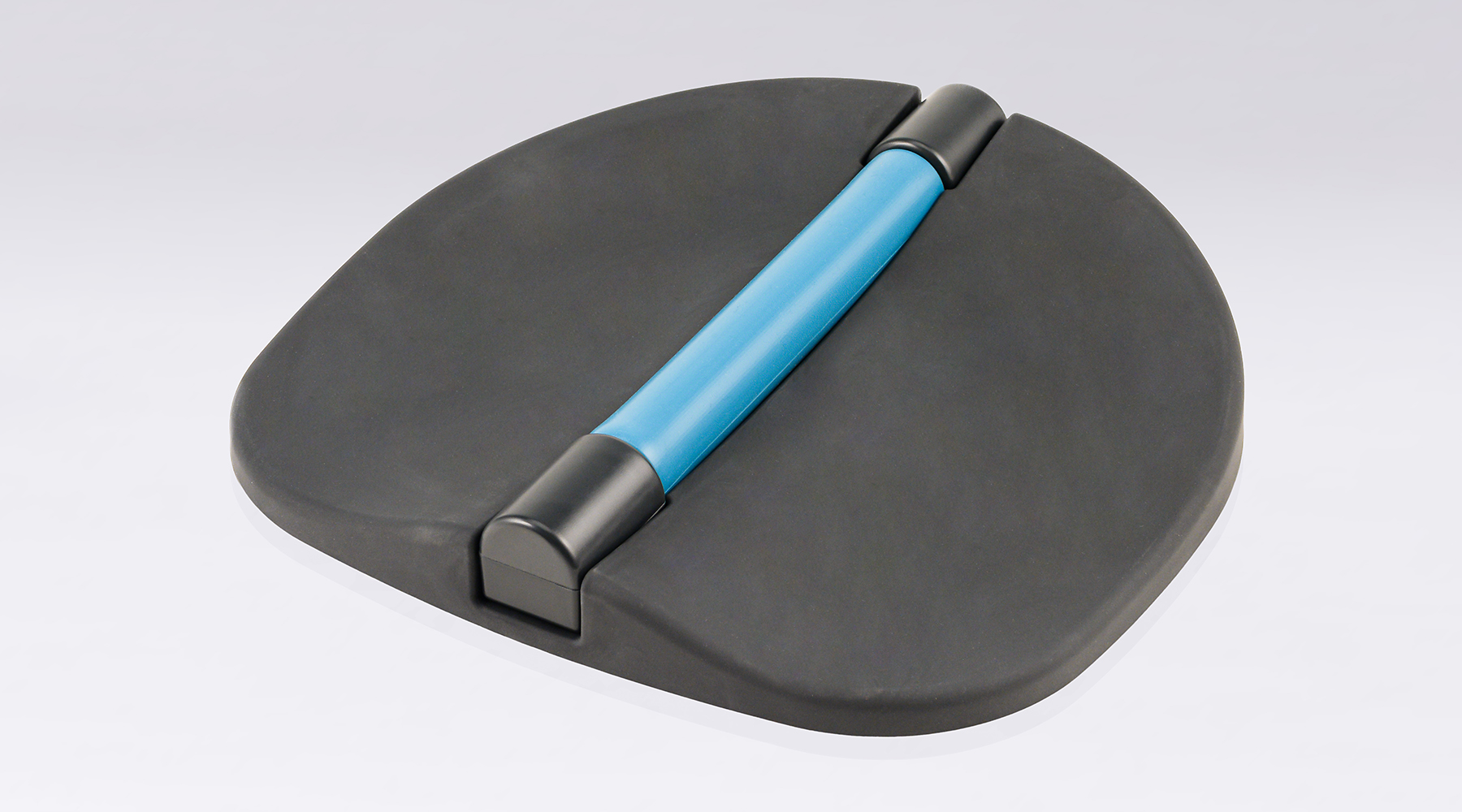Fecal incontinence is common, especially in old age, but no one likes to talk about it. It is estimated that 8 – 9 percent of the population suffers from faecal retention disorders. An essential element of stool control is the pelvic floor muscles, the functioning of which can be specifically improved with pelvic floor training. Pelvic floor training devices like the innovative one PelvicTool from Alonea are a great help.
What is fecal incontinence?
We are used to determining for ourselves when and where we pass our urine and stool. Stool retention or stool continence is a complex process in which
- Condition of the chair,
- Function of the rectum as a reservoir,
- surrounding pelvic floor muscles and
- their sensory and motor innervation
play an essential role.
Fecal incontinence is a disorder of retention – intestinal wind, fluid, mucus or stool leak from the anus, from a minor mishap when coughing to a complete loss of control. The consequence is a considerable impairment of the quality of life.
How common is fecal incontinence?
Taboo subject faecal incontinence: Studies assume a frequency of 8 – 9 percent, some even of up to 18 percent, with a clear increase with age. In the U.S., 30 percent of those affected are over the age of 65, 63 percent of whom are women and 37 percent of whom are men.
What are the causes of fecal incontinence?
Numerous factors can cause fecal incontinence:
- Damage to the sphincter
- Prolapse of the rectum
- Operations on the rectum and sphincter (intestinal fistulas, haemorrhoids)
- perineal laceration
- Chronic diarrhea
- Chronic inflammatory bowel diseases(Crohn’s disease, ulcerative colitis)
- Food intolerances (gluten allergy, lactose intolerance)
- Resection of parts of the intestine (colon cancer)
- Chronic constipation
- insufficient drinking
- “paradoxical defecation” with increased mucus formation
- Pelvic floor insufficiency
- Overload due to excess weight (obesity)
- Weakening due to prolapse of the uterus (uterine prolapse), prolapse of the intestine (rectocele) or prolapse of the bladder (cystocele)
- congenital malformations of the anus and rectum
- Nerve damage in the pelvic floor
- vaginal deliveries
- Herniated disc
- traumatic injuries (pelvic fracture)
- Neuropathies (diabetes, radiation, chemotherapy)
- Stroke
- multiple sclerosis
- Alzheimer’s disease and other forms of dementia
- radical tumor operations for cancer
What is the role of the pelvic floor muscles?
The pelvic floor consists of tendons, ligaments and pelvic floor muscles. It forms the rear closure of the abdominal cavity and closes the opening in the pelvic bone girdle. As an umbrella-like structure, it holds the adjacent organs in place. At the same time, the pelvic floor muscles are important for the function of the bowel and urogenital tract: emptying the rectum and urinary bladder, sex and childbirth.
Where the bowel, urethra and uterus break through the pelvic floor muscles are their natural weak points. Already as a baby we learn to control the emptying of the bladder and bowels. If there are problems with urinary or faecal incontinence in old age, this early pelvic floor training can be taken up again.
What can be done about fecal incontinence?
As a first important measure against fecal incontinence, most doctors recommend pelvic floor training with a pelvic floor training device. Many patients can be helped in this way without the need for treatment with medication or surgical intervention.
How does pelvic floor training help with bowel control?
Everyone knows where the biceps are or what well-trained abs look like, but hardly anyone knows about the pelvic floor muscles. The former can be trained in the gym, the pelvic floor with a special pelvic floor training device. It helps strengthen targeted muscles like the levator ani muscle, which are important for bowel control.
The advantages of the PelvicTool pelvic floor trainer
A modern app-controlled pelvic floor training device like the PelvicTool by Alonea makes the exercises much easier. Classic pelvic floor trainers were primarily intended for women, had to be inserted anally or vaginally and had no possibility of control. In contrast, the PelvicTool can be operated with a smartphone or tablet and is also suitable for men, as it is intimate-free.
You can sit on the pelvic floor training device with light training clothing and use it immediately. The neuromuscular control of the pelvic floor can be tracked on the screen – it couldn’t be easier! In physiotherapy it is no problem to perform the muscle training with several patients at the same time and at home the pelvic floor training can be done without any special effort.
Sources, links and further literature
- Guide to fecal incontinence from the German Continence Society: PDF
- Saldana Ruiz N, Kaiser AM. Fecal incontinence – Challenges and solutions. World J Gastroenterol. 2017 Jan 7;23(1):11-24. doi: 10.3748/wjg.v23.i1.11. PMID: 28104977; PMCID: PMC5221273.
- Ussing A, Dahn I, Due U, Sørensen M, Petersen J, Bandholm T. Efficacy of Supervised Pelvic Floor Muscle Training and Biofeedback vs Attention-Control Treatment in Adults With Fecal Incontinence. Clin Gastroenterol Hepatol. 2019 Oct;17(11):2253-2261.e4. doi: 10.1016/j.cgh.2018.12.015. Epub 2018 Dec 20. PMID: 30580089.











